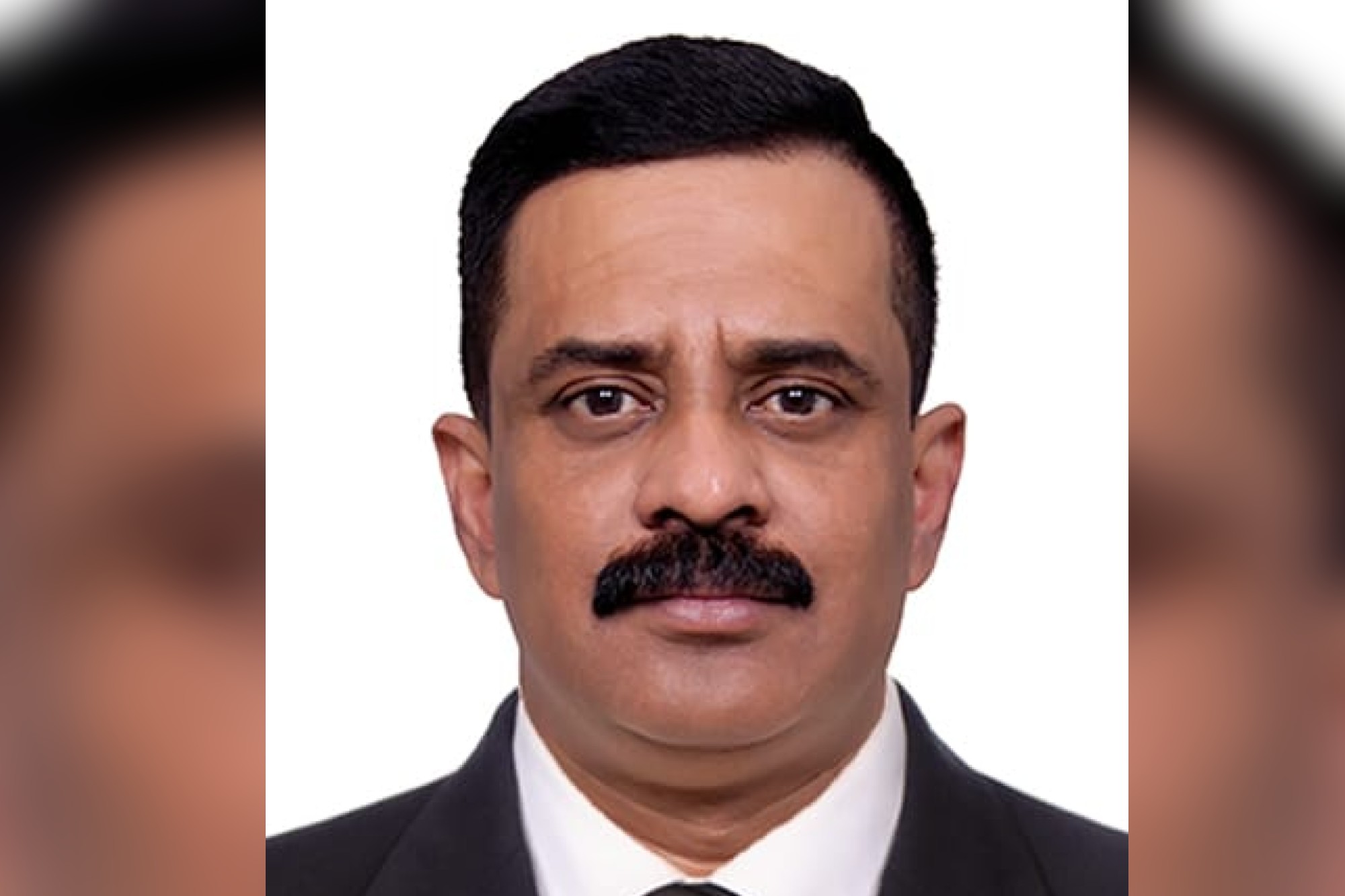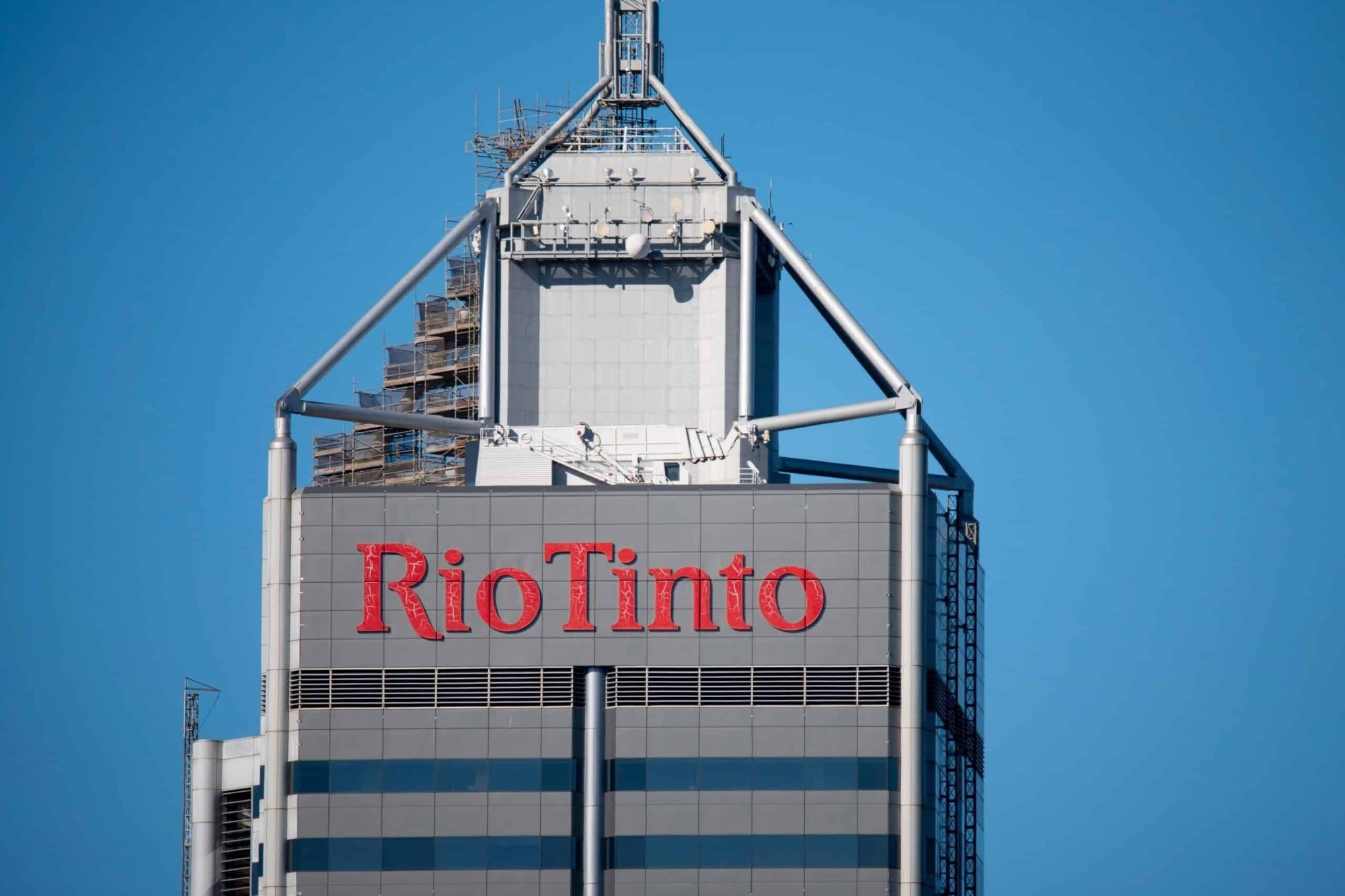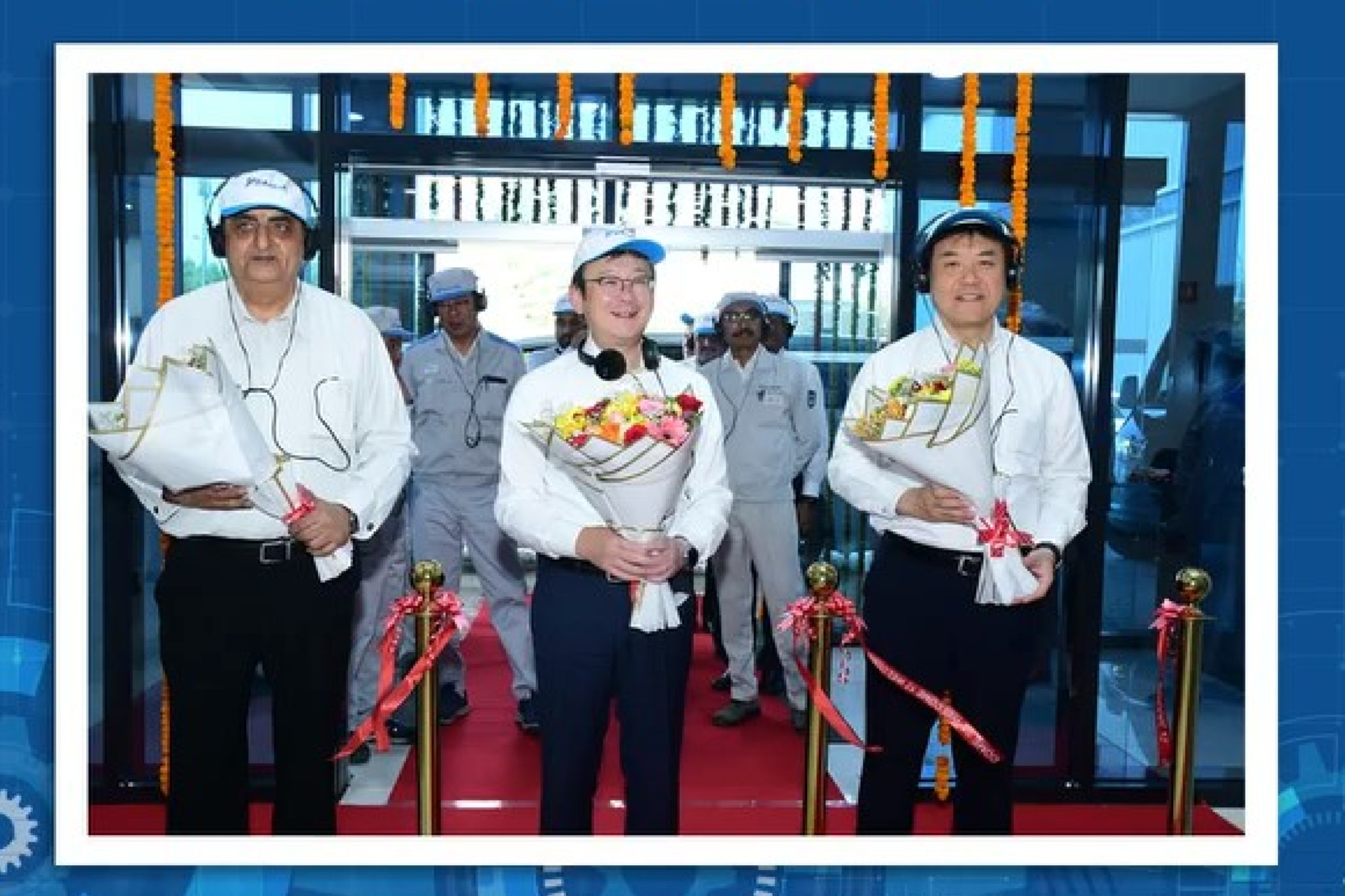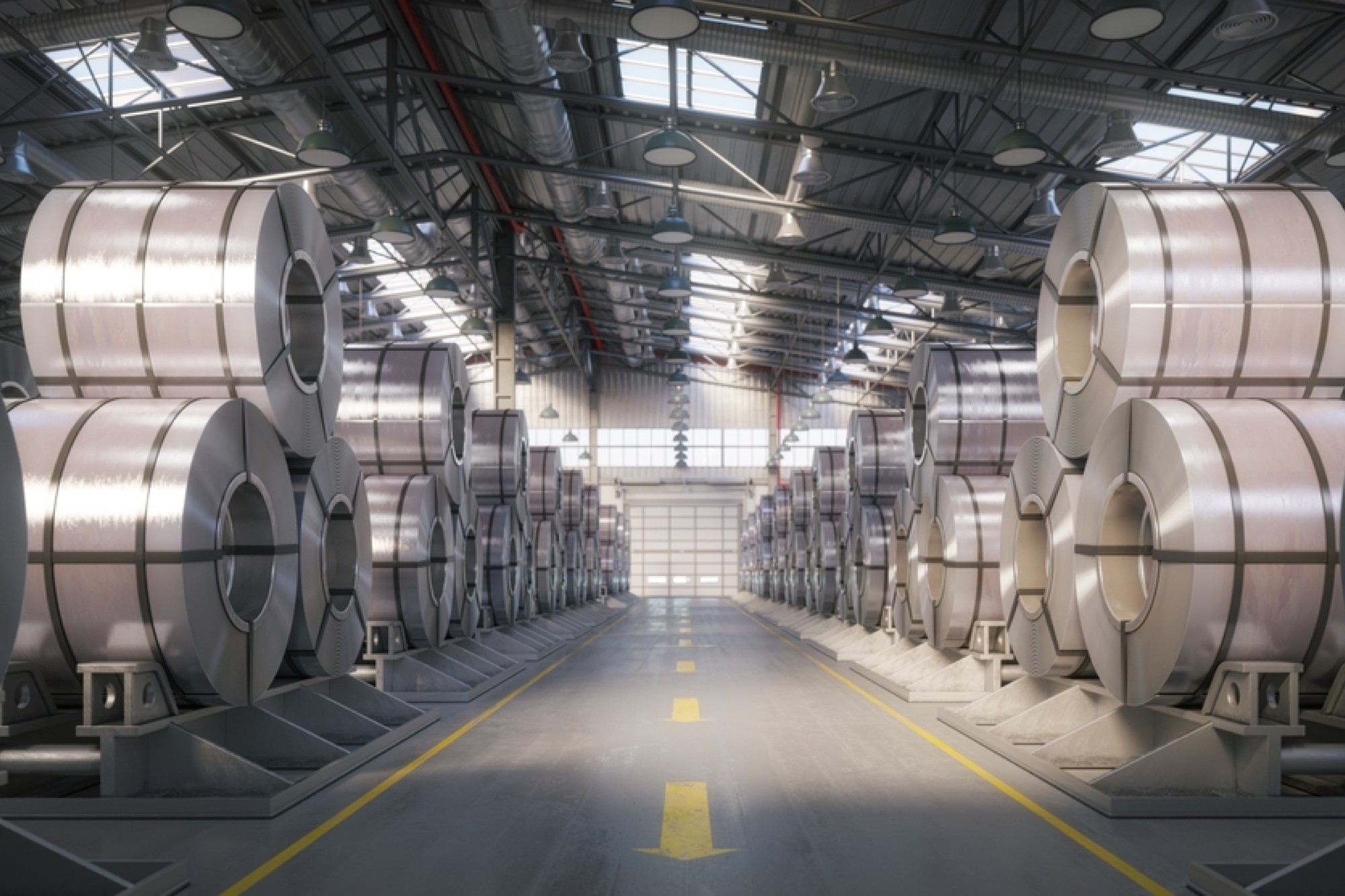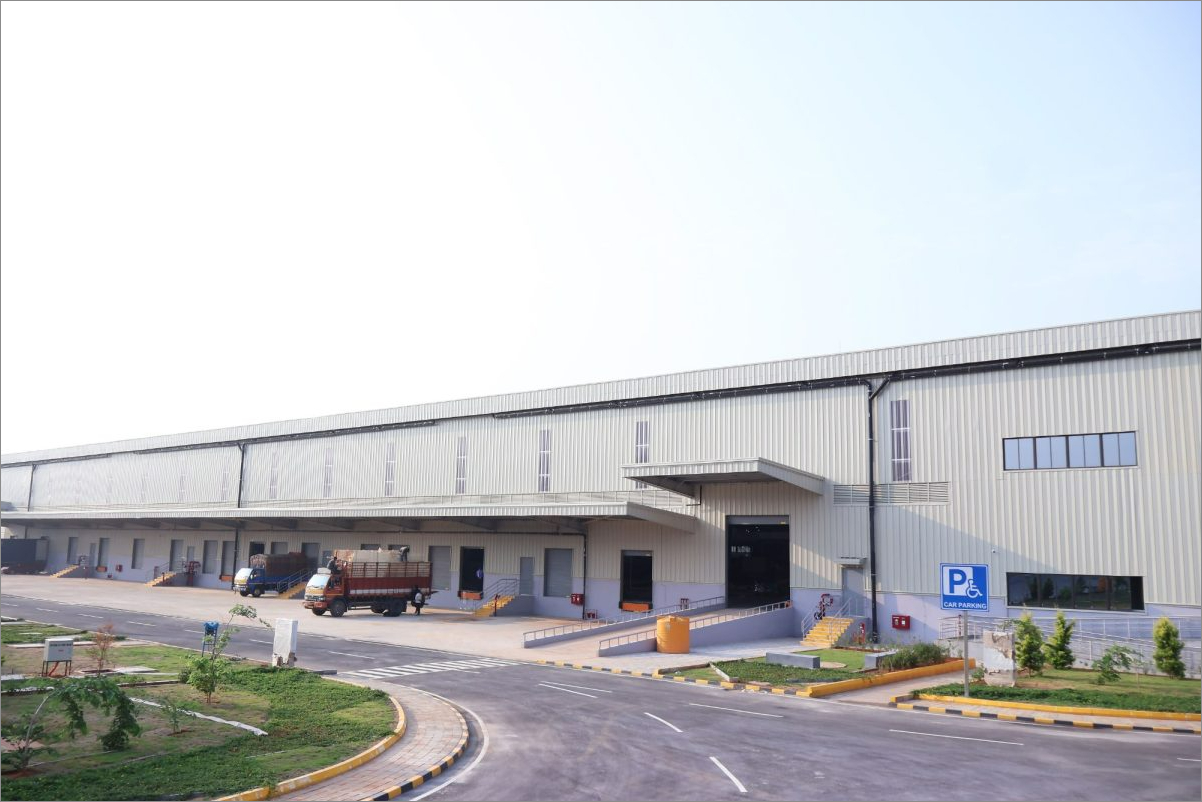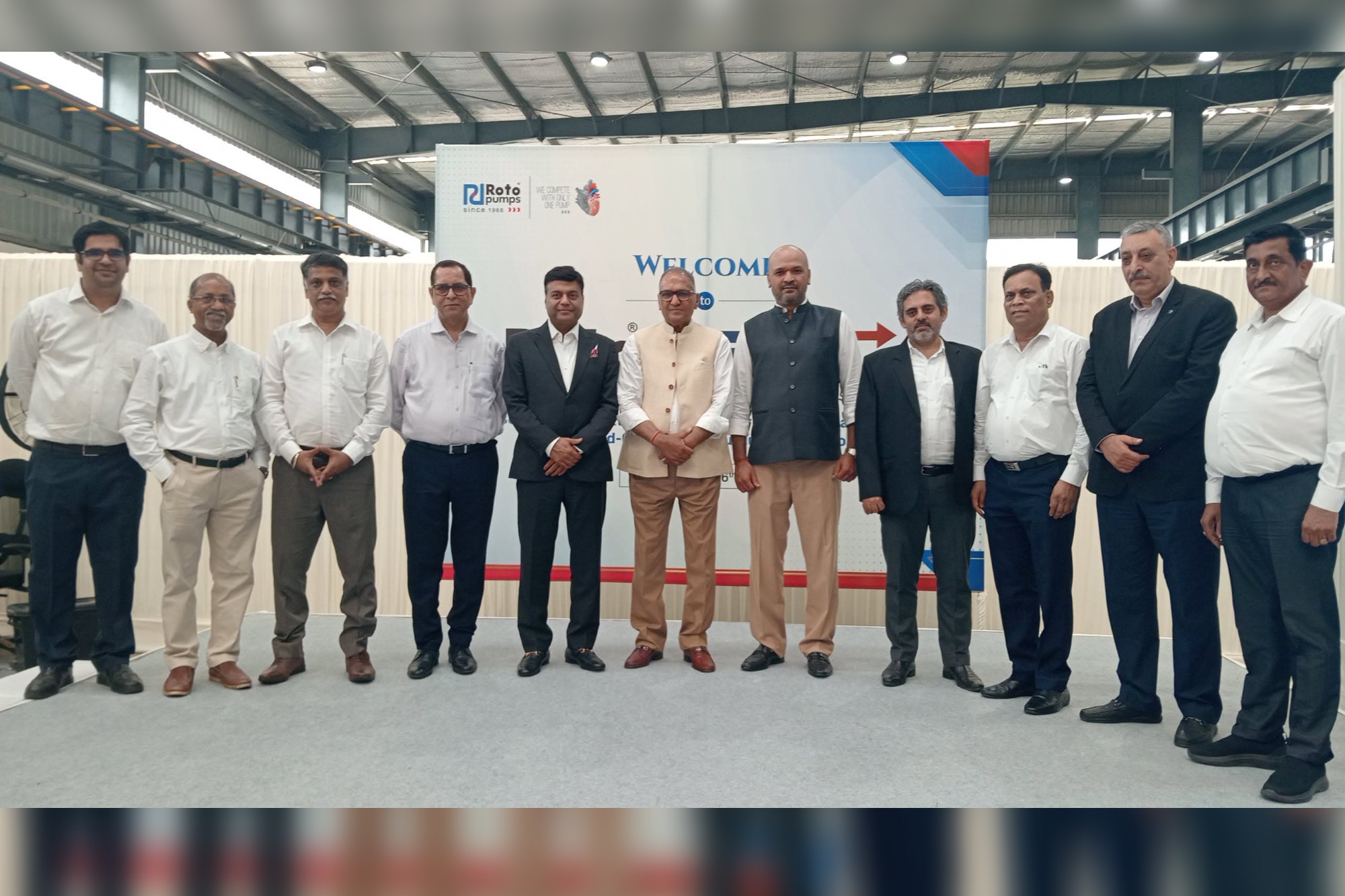10 Point Agenda for 10% Growth by 2014: CII
By admin June 15, 2010 6:55 am IST
To improve growth in manufacturing and expansion of manufacturing capacity CII was working with the DIPP on new Manufacturing policy and could also come out with a white paper on land acquisition and R&R.
Presenting the CII Theme for the year 2010-11, Business for Livelihood – Education, Employability, Innovation and Entrepreneurship; President of CII, Hari S Bhartia said, “Businesses are part of Civil Society and creating jobs was the best CSR activity”.
According to the CII, while India had weathered the impact of the global economic and financial crisis and India’s economic outlook remained strong, the challenges India faced were high poverty rates, low literacy rates and employability. As a result, the job gap would widen in the next 5 years to about 17 million as 94 million new people seek jobs while only 77 million of them would be created.
Mr. Bhartia observed that agriculture and the private sectors accounted for bulk of the jobs created in the Indian economy and said that going forward the private sector would need to be the primary driver of creating jobs. Private sector growth needs to increase from projected 9.5 per cent growth to 12 per cent plus annually to close the job gap.
Hence, the four key enablers for faster, sustainable & inclusive growth over the medium term was outlined by the CII President as Education and Employability to create the qualified talent pool and Innovation and Entrepreneurship as the other two enablers that would create jobs & livelihoods. “These four key enablers would help achieve the desired quality of growth,” Mr Bhartia added.
“To achieve the vision of Business for Livelihoods, we need to aim at 10 per cent growth by 2014 that is sustainable and inclusive and achieving this with the current state of the economy is faced with challenges,” said Mr Bhartia. Recognising these challenges, he proposed a 10 point agenda for the year 2010-11 and beyond.
1. Agriculture required to grow at a sustained rate of 4 per cent
2. Manufacturing required to register 11-12 per cent long term average growth
3. Service sector required to remain robust and the primary growth driver
4. Physical Infrastructure needs to be of global standards
5. Education would have to be the centre of reforms
Cookie Consent
We use cookies to personalize your experience. By continuing to visit this website you agree to our Terms & Conditions, Privacy Policy and Cookie Policy.




